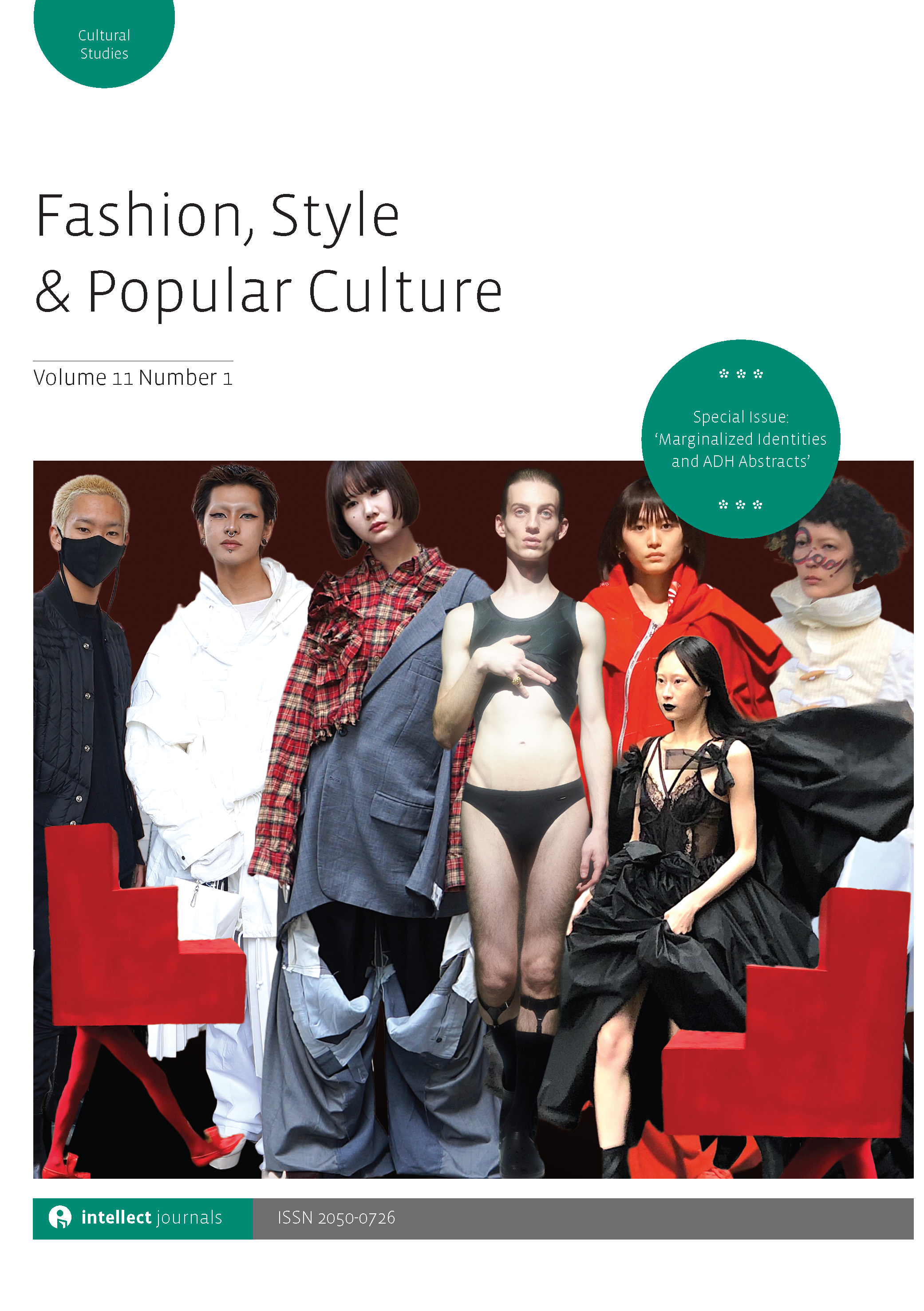
Full text loading...


In this article, I analyse the genre of ‘Fat Lady’ photographs popular between the mid-nineteenth and mid-twentieth centuries. I assert that there is an archetypal appearance that developed in the 1860s and was standardized by the 1880s, consisting of certain dress, grooming and posing practices that emphasized their subjects’ sizes and presumed social status. Fatness was a performance that these women were employed to embody – one that straddled the lines between corporeal deviance and normality. Freak shows reveal cultural anxieties about bodies. The way Fat Lady performers were costumed reflected concerns about fatness taking up too much space and visibility as well as fatness rendering people immature and androgynous, thereby challenging established sex-role differences; it also revealed the potential erotic allure of extreme body size. Over a century of popularity, Fat Lady performers came to rely on costumes inspired by evening dress, childrenswear and then lingerie, all of which grew scantier as time progressed. Existing cartes de visite, cabinet cards, posters, advertisements, reports from journalists and side show insiders, and rare interviews with the performers themselves provide material for close analysis.

Article metrics loading...

Full text loading...
References


Data & Media loading...
Publication Date:
https://doi.org/10.1386/fspc_00245_1 Published content will be available immediately after check-out or when it is released in case of a pre-order. Please make sure to be logged in to see all available purchase options.